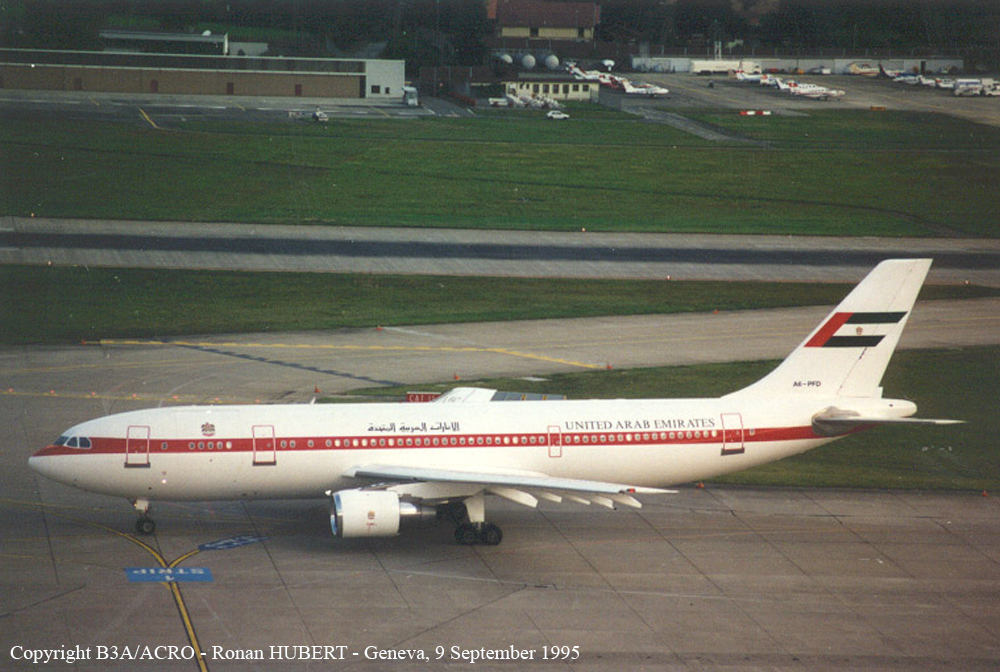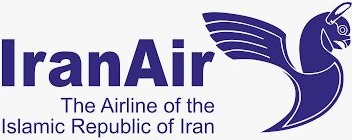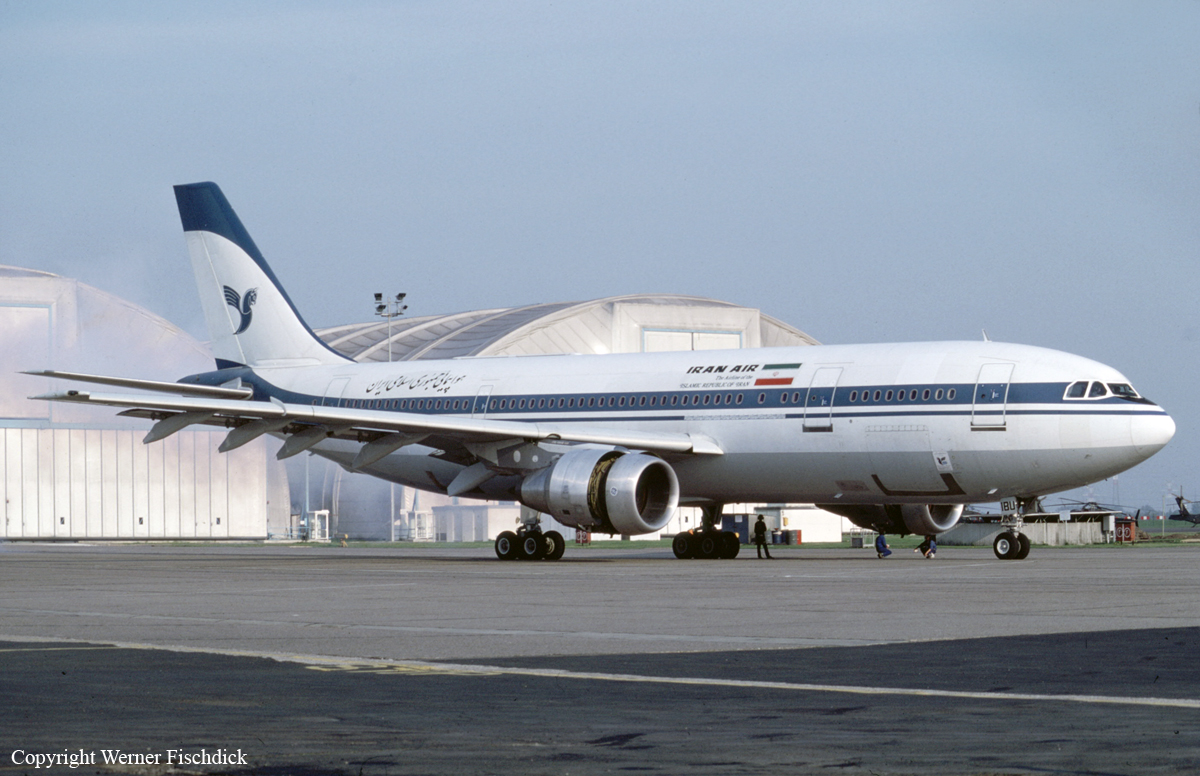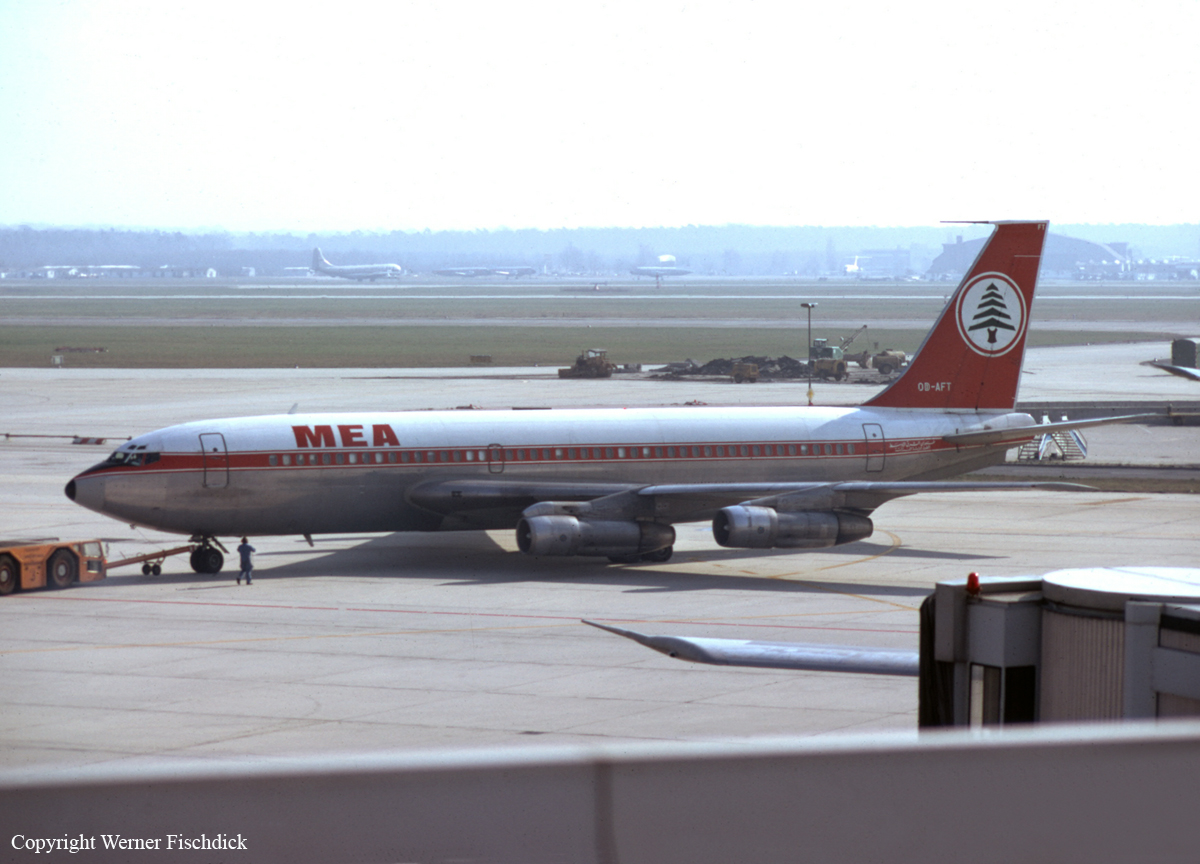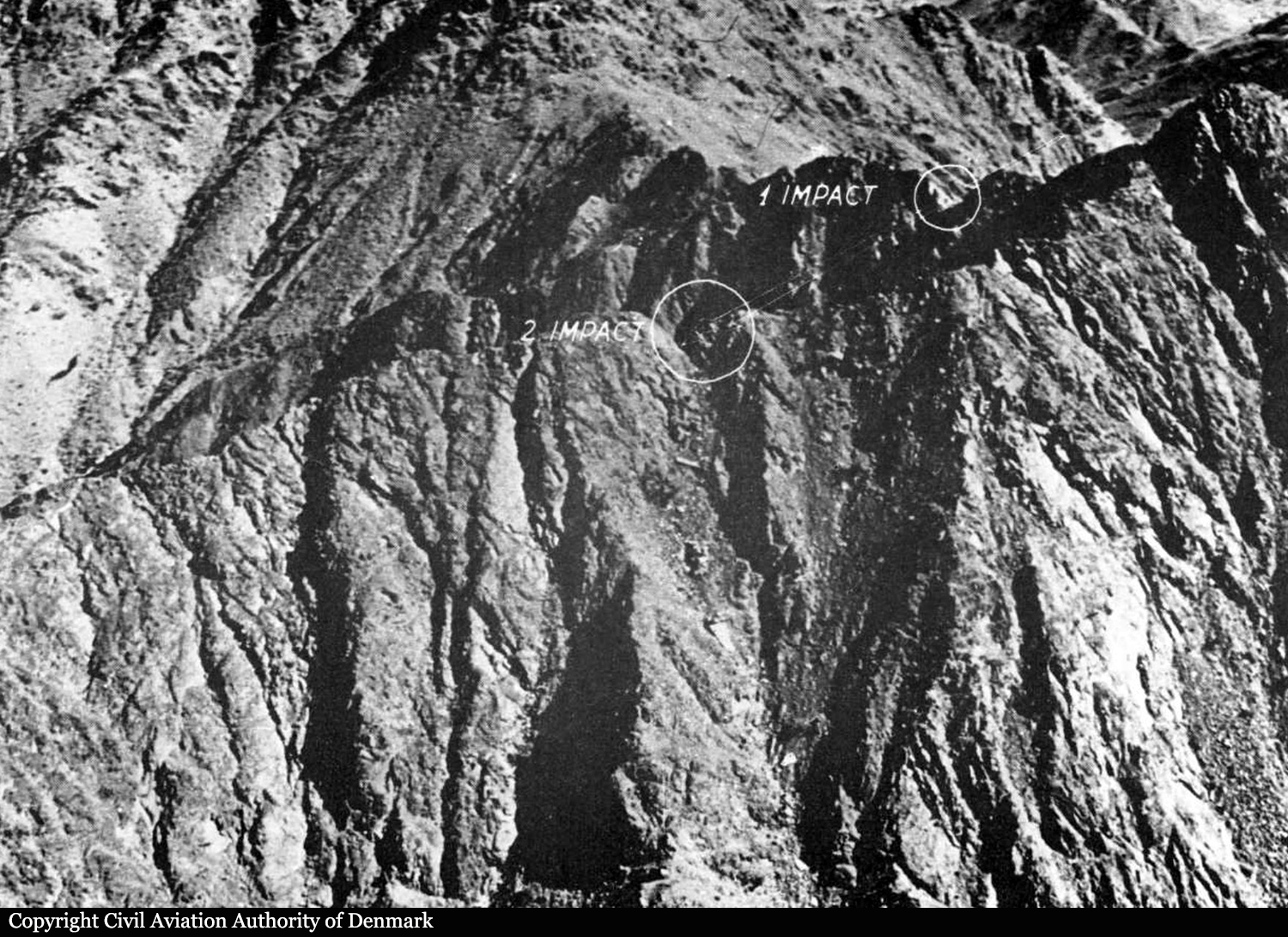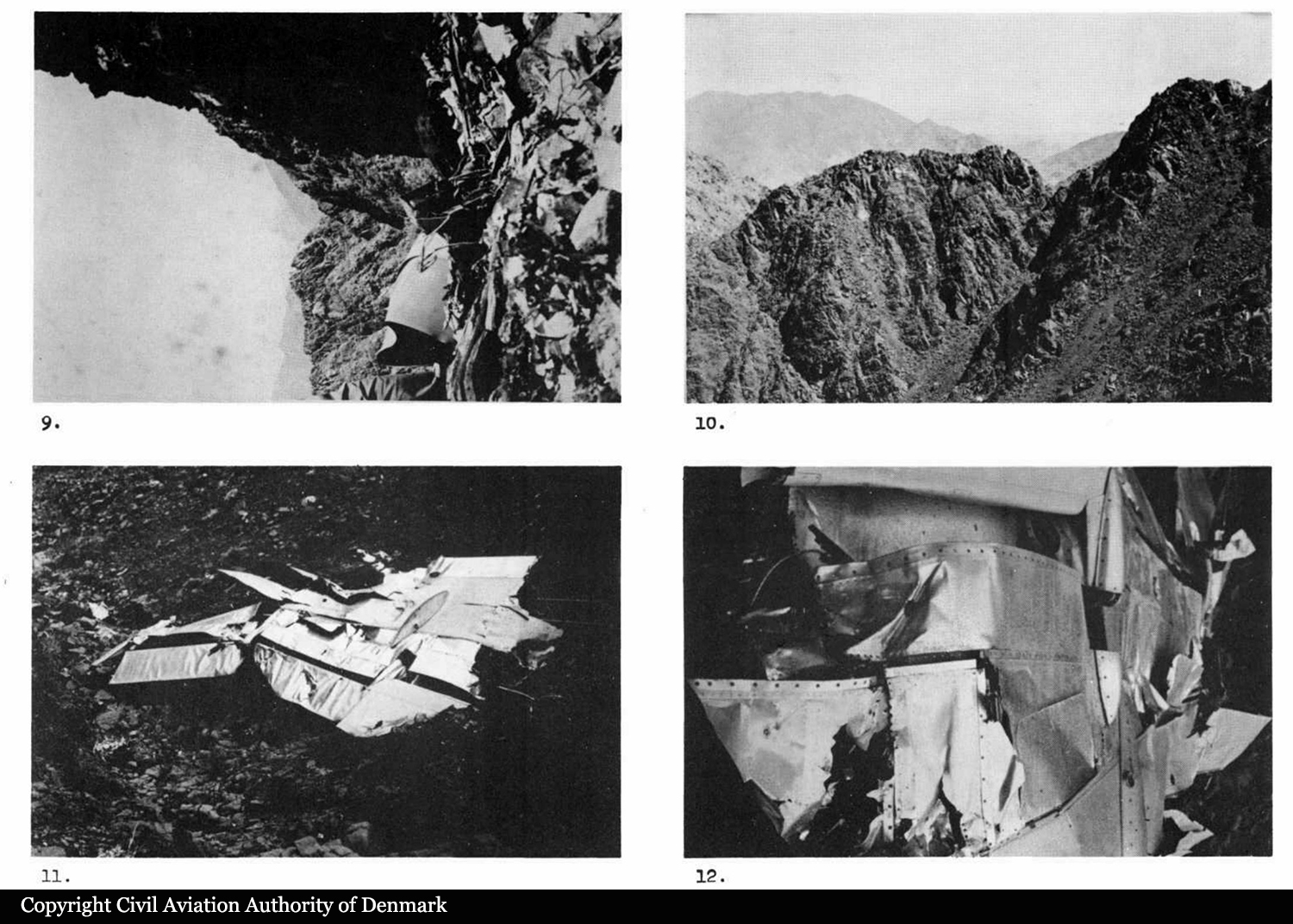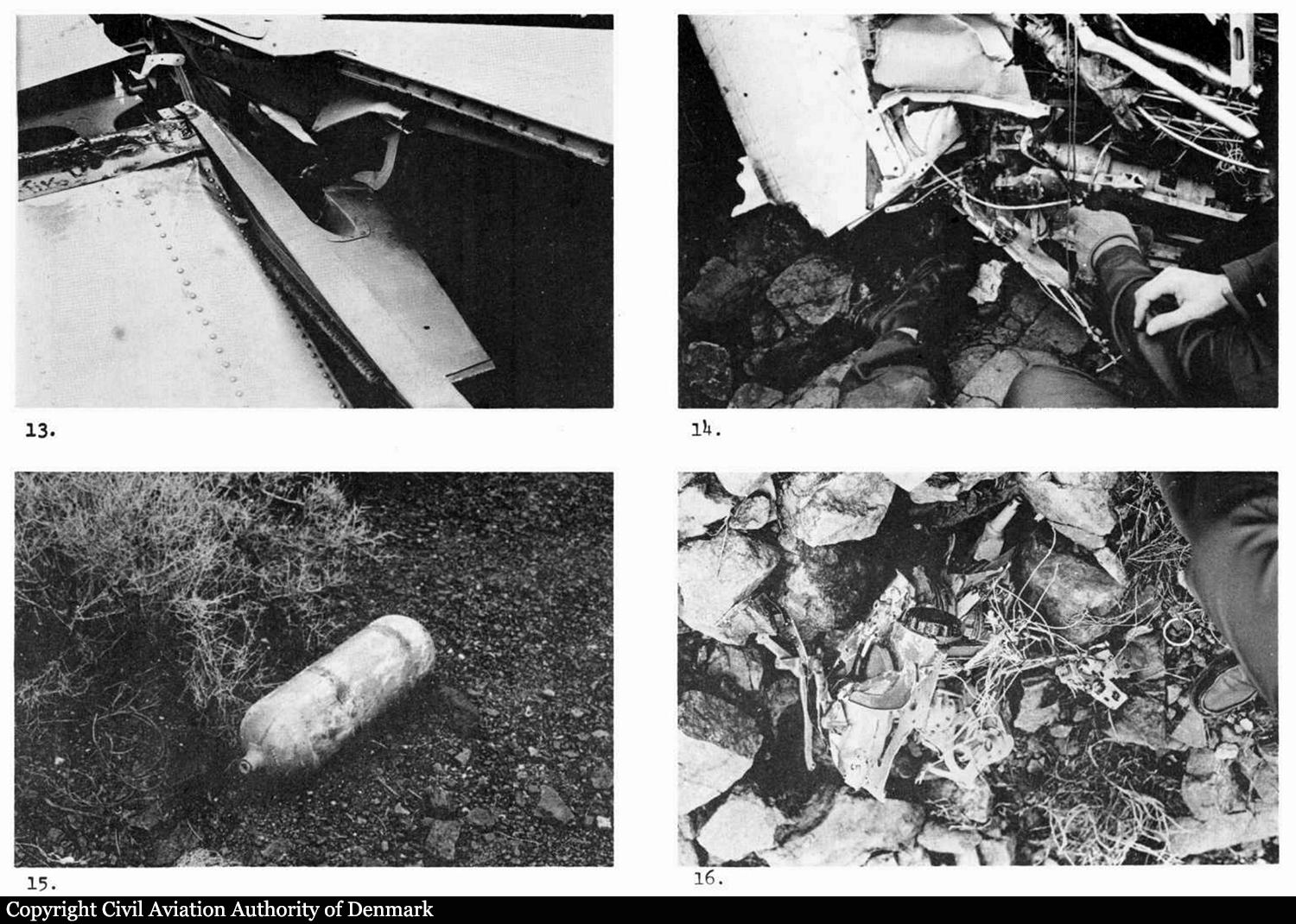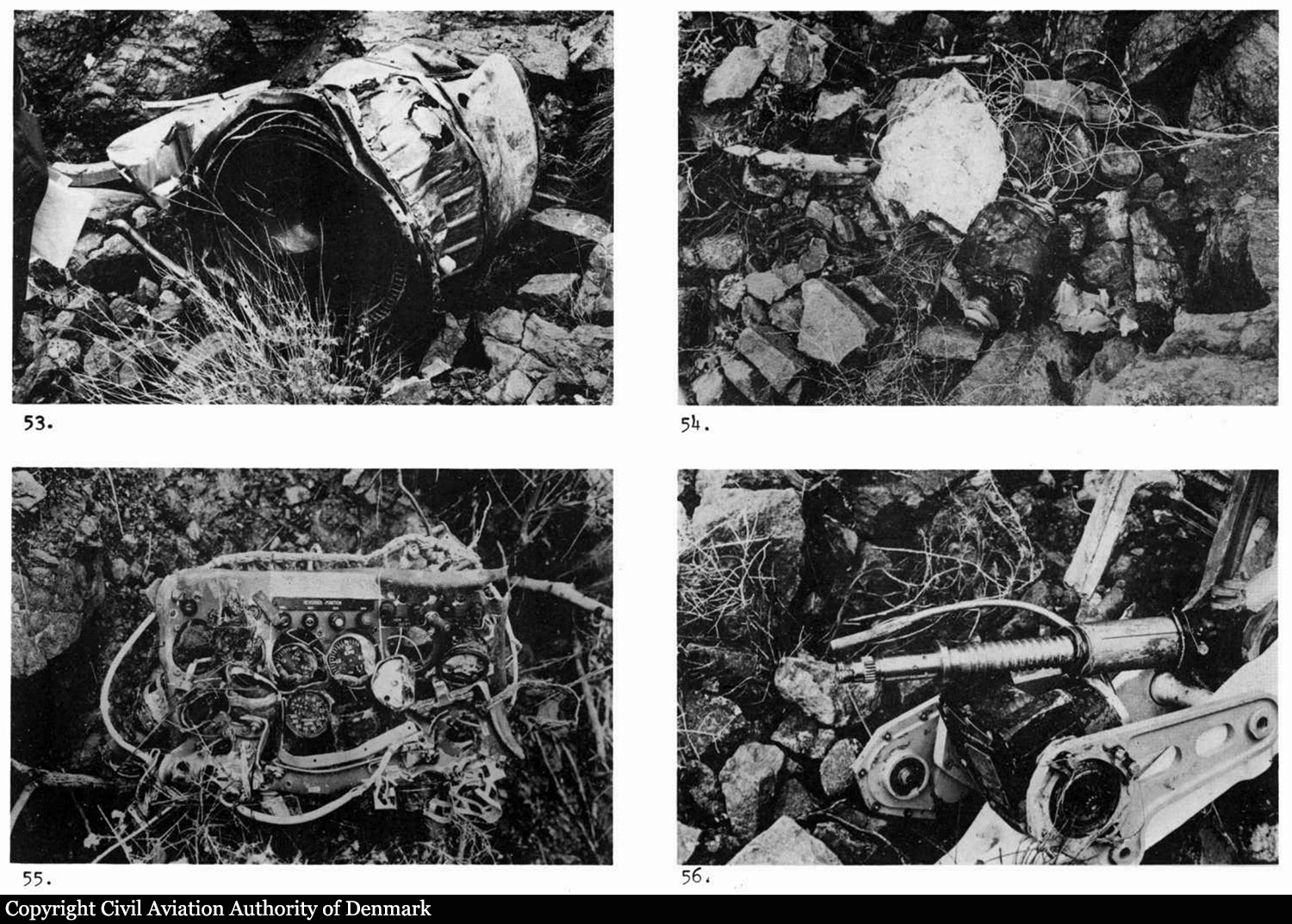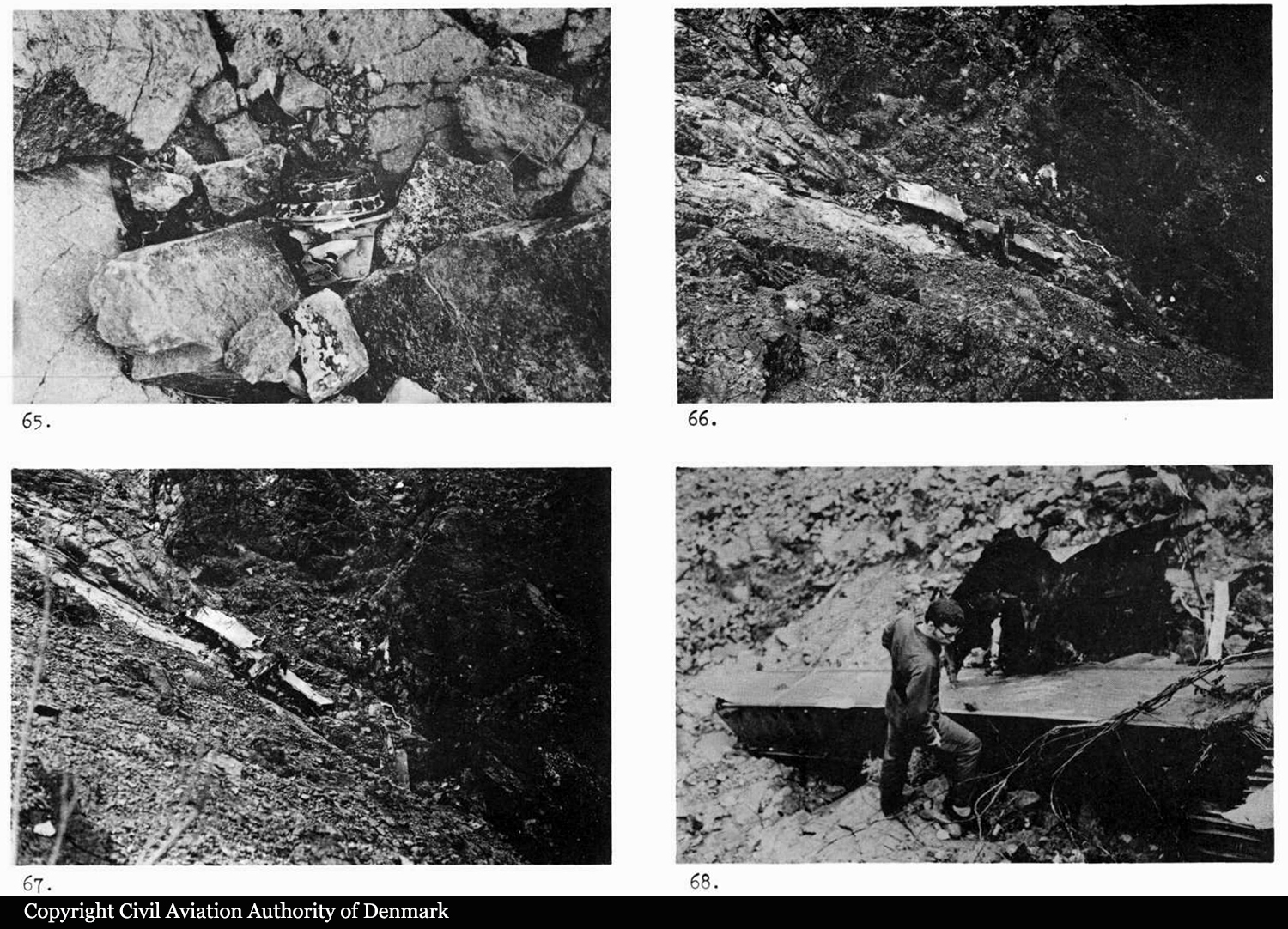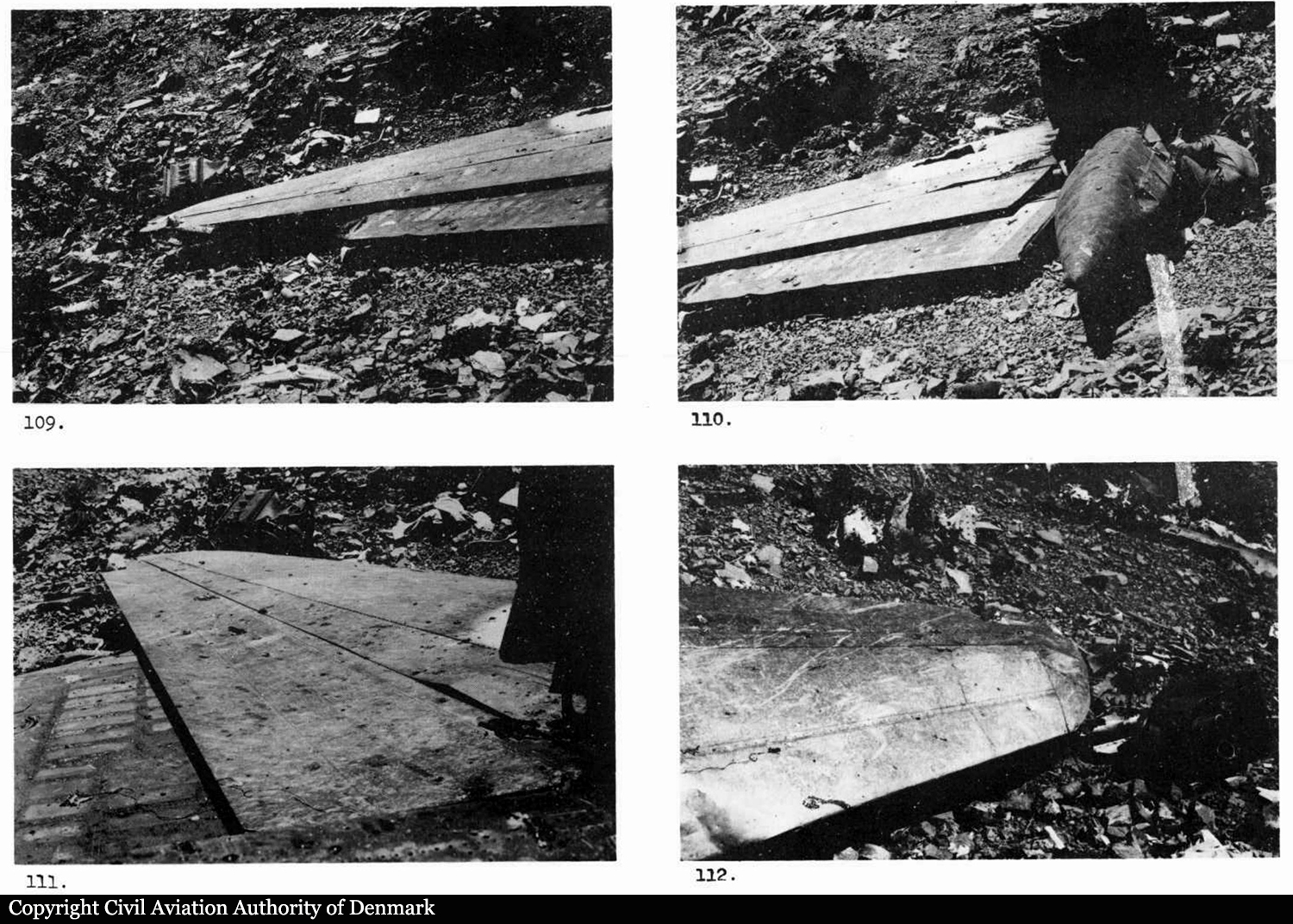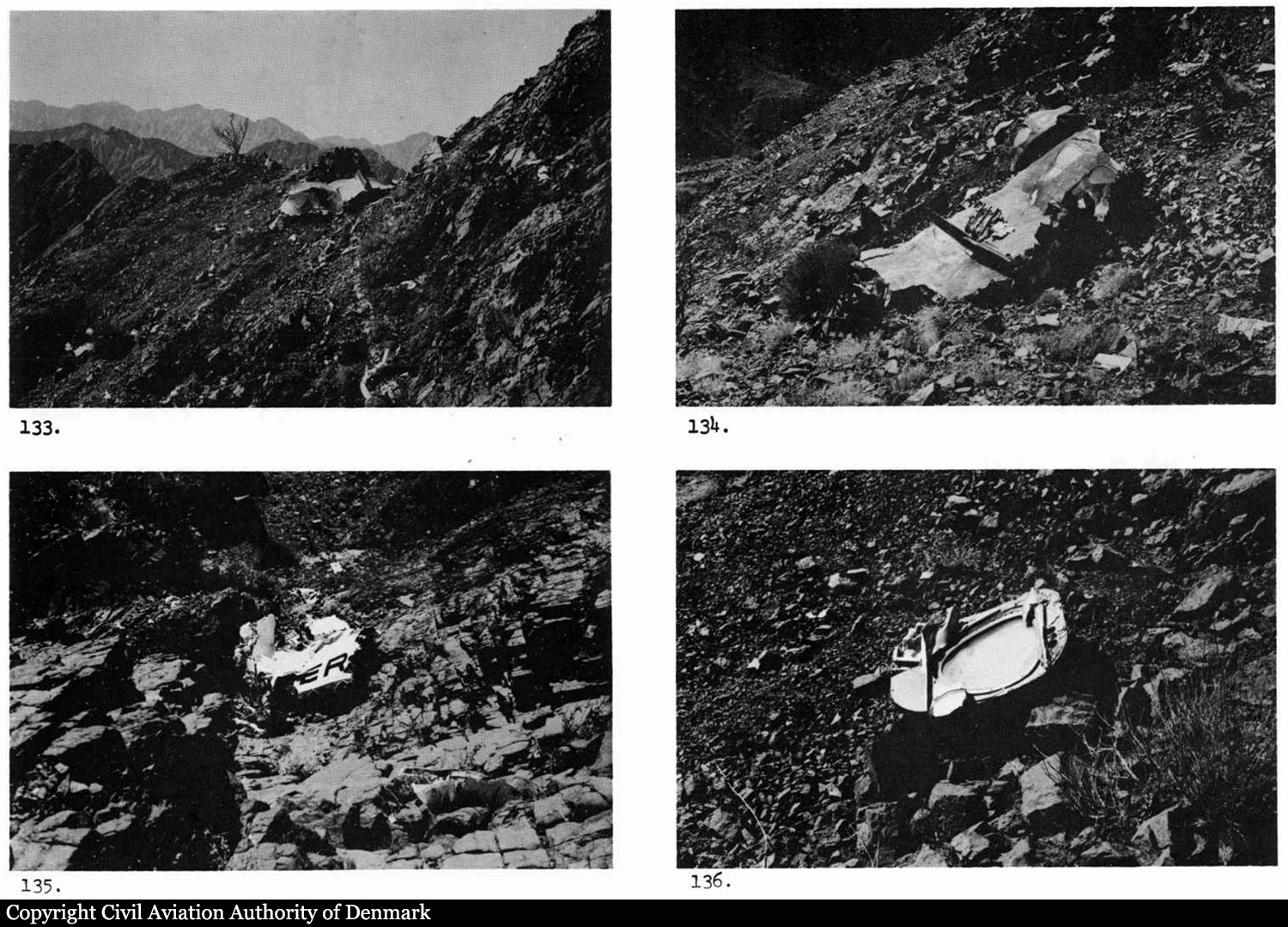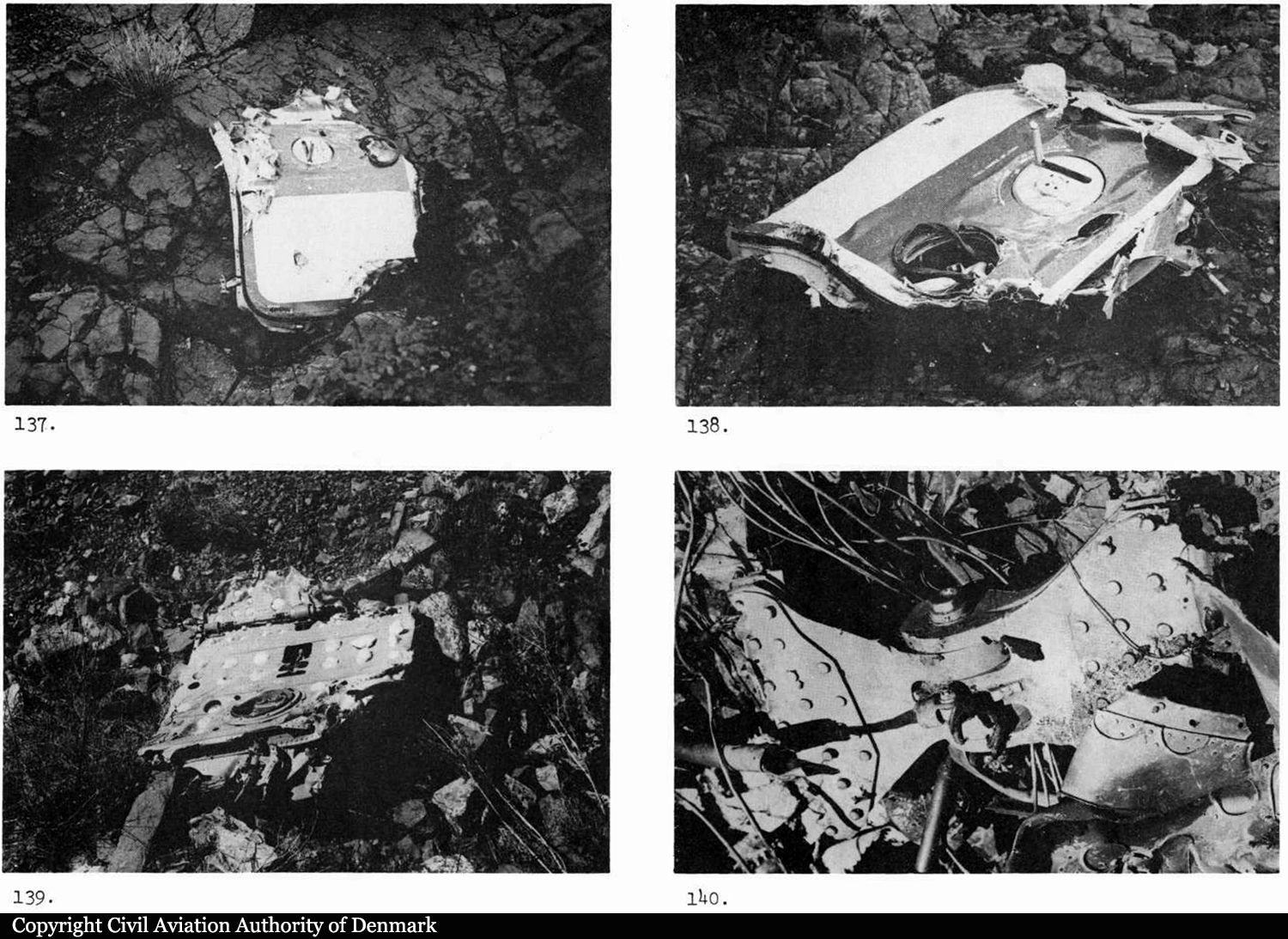Crash of an Airbus A300C4-620 in Rhodes
Date & Time:
Mar 24, 1999 at 1210 LT
Registration:
A6-PFD
Survivors:
Yes
Schedule:
Dubai - Rhodes
MSN:
374
YOM:
1985
Crew on board:
19
Crew fatalities:
Pax on board:
252
Pax fatalities:
Other fatalities:
Total fatalities:
0
Circumstances:
Following an uneventful flight from Dubai, the crew completed the approach to Rhodes-Diagoras Airport in rain falls and strong winds. The aircraft landed at a speed of 166 knots, about 22 knots above Vref. After touchdown, the ground spoilers did not deploy automatically because they had not been armed. Consequently the auto brake system, which operates by the deployment of spoilers, did not activate. The crew attempted manual braking but this operation was too late and the aircraft was unable to stop within the remaining distance. It overran, lost its undercarriage and came to rest few dozen metres further. All 271 occupants evacuated safely while the aircraft was damaged beyond repair.
